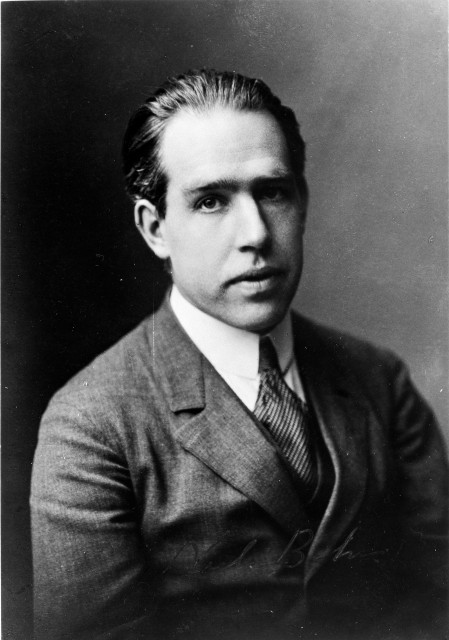Niels Henrik David Bohr
1885-1962

In 1913, Bohr combined the concept of the nuclear atom (Rutherford) with the quantum theory (Planck) in a way that accounted quantitatively for the lines in the emission spectrum of the hydrogen atom. He postulated that the single valence electron of a hydrogen atom revolves around the nuclear proton in only certain allowed circular orbits, and that radiation emitted by the electron, if it moves from one orbit to another, has a frequency proportional to the energy difference of the two orbits. For more complicated atoms, Bohr developed, by ingenious methods, a scheme for atomic structures that corresponded with the periodic table. Bohr's work on atomic structure was recognized by the 1922 Nobel Prize in Physics. His Institute for Theoretical Physics in Copenhagen became a center for the study of atomic physics. He promoted peaceful uses for atomic energy and, in 1957, received the first U.S. Atoms for Peace Award.
Sponsor: James D. Hoeschele
Location in chemistry building: First Floor; East Wing South Wall; Sequence 2
Source: American Institute of Physics